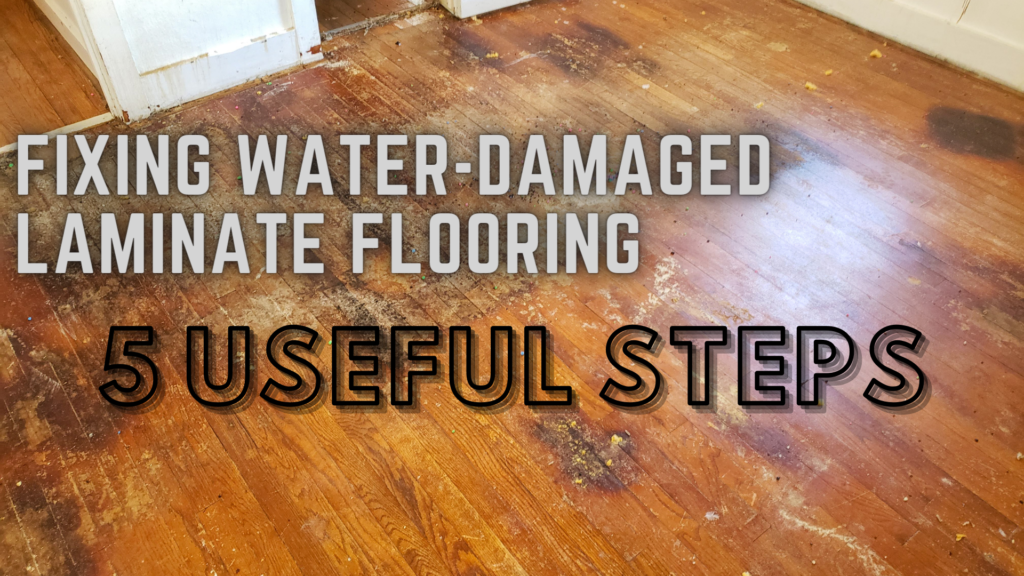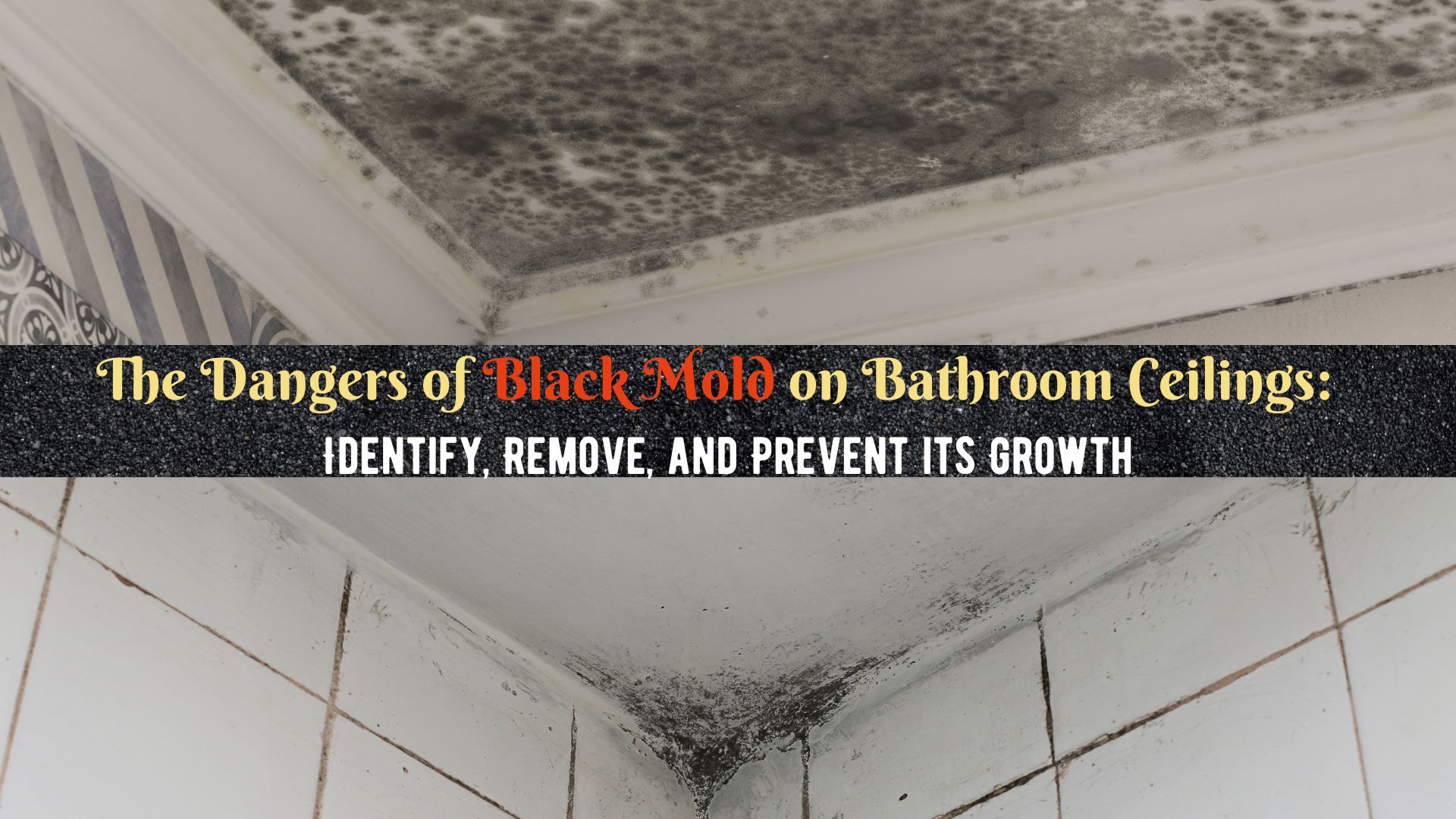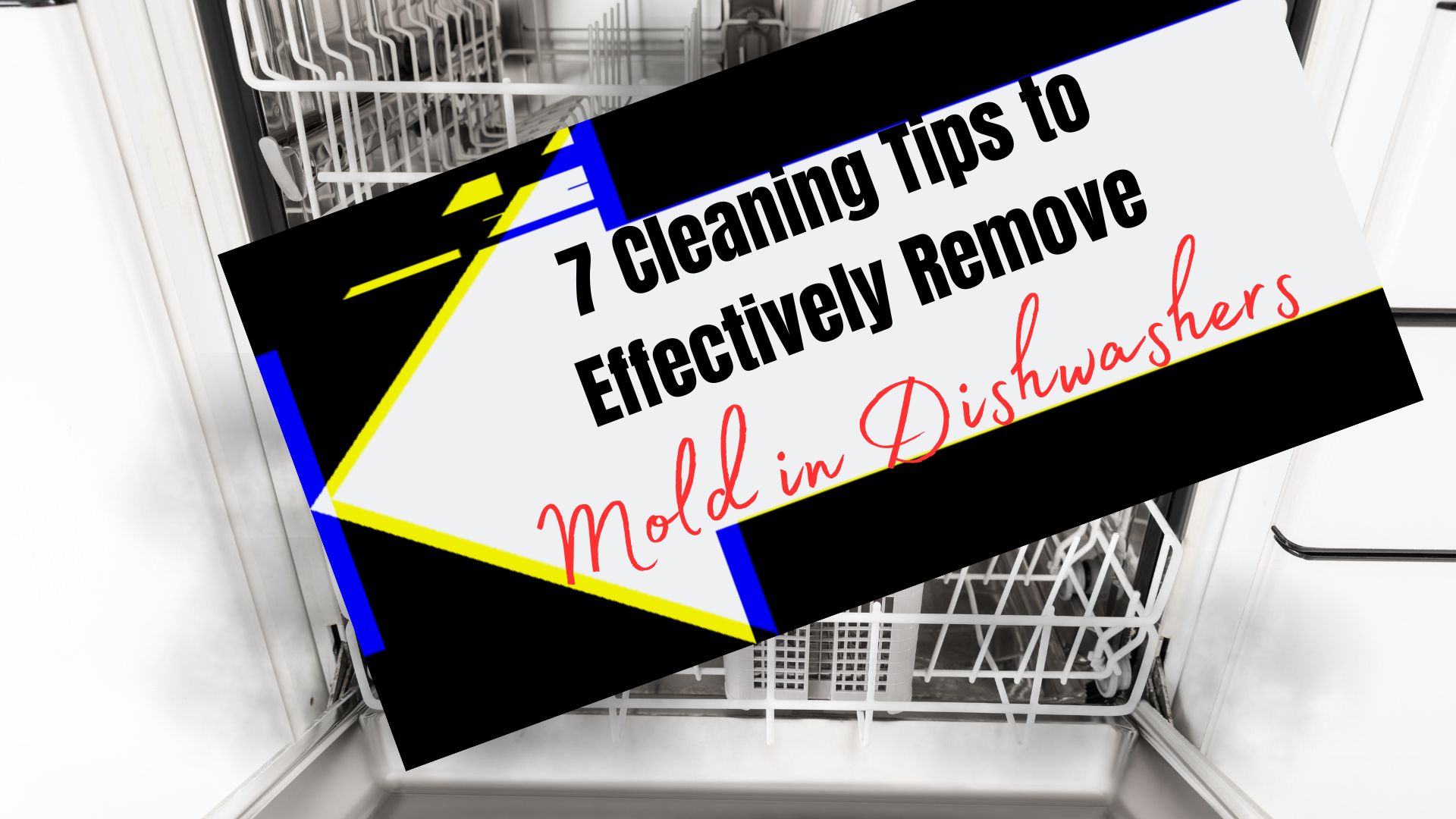Fixing Water-Damaged Laminate Flooring
Many homeowners choose laminate flooring for its durability, attractiveness, and affordability, making it a popular choice. Water-damaged laminate flooring, though, can be a problem, as it may require significant effort to repair or replace. Despite this, laminate flooring can still last for many years with proper care and maintenance.
Laminate flooring has the ability to withstand occasional spills, especially if it is installed according to the manufacturer’s instructions. But, what if some areas of your flooring get flooded by water? Unfortunately, even the most durable flooring, once flooded, can suffer significant water damage. When laminate flooring gets extremely saturated with water or any kind of liquid, it immediately begins absorbing moisture, which in the long run, can lead to a whole host of problems. For example, you may notice some planks are buckled and some are bent in unusual ways. If left unattended, the damage can be even more severe.
Fortunately, there are ways you can do to repair your laminate floor after suffering from water damage. Follow these 5 steps for fixing water-damaged laminate flooring.
Step-By-Step Guide On Fixing Water-Damaged Laminate Flooring
- Find and Fix The Source Of Water Damage
- Identify the Damaged Planks
- Remove The Damaged Planks
- Replace The Laminate Planks
- Install The New Planks
Find and Fix the Source Of the Damage
Fixing your laminate flooring without stopping the source of the problem will just make things worse. Make sure to take care of the problem before fixing your floor. Put your laminate flooring repair job on hold if you have not fixed the problem to keep it from getting waterlogged again.
Check the pipes near the damaged area. It can be a pipe from your appliances like a washing machine or dishwasher or piped under your flooring. If you need assistance, you may ask for help from a professional.
Identify the Damaged Planks
This should be easy to do, but you may need to put in a lot of patience in doing this task. Go over your tile individually, push them on, and check if they are warping or popping out of the floor. Be critical in your evaluation. Mark each area with a marker or sticky notes according to the extent of their damage. This way, you can know how far-reaching the damage has become and what measures to take.
Remove the Damaged Laminate Planks
In doing this step of the process, you will need the right tools. If you don’t have them or don’t want to spend money on the equipment, you may need a professional’s help. But, if you choose to do it yourself, be safe and carefully pull up the damaged laminate planks. Pry up the planks, together with the baseboards to expose the bare floor underneath.
Check for signs of mold and mildew growth or just a buildup of dust. Clean the area before reinstalling the plank. If mold has already penetrated your floor, the damage might have been there for a week or even months. Make sure to contact a professional mold remediation expert to address the issue as it can pose health risks to you and your family.
If you don’t see any problem, simply reinstall the planks back to the floor.
Replace the Laminate Planks
Replacing the damaged plank of your laminate flooring might be the biggest challenge of this procedure. Unless you purchased extra planks when you first installed them, you can discover that getting the exact replacements can be difficult. You may need to go to the same dealer where you originally purchased your laminate flooring and ask for their assistance. But if the laminate flooring was installed a long time ago, chances are, the design that you are looking for has already been phased out.
If you can’t find the planks that look like the remaining ones, you may need to replace the whole floor or look for something that will blend nicely on your existing floor.
Install the New Laminate Planks
Before installing the new planks, make sure to clean the flooring. Make sure that the planks fit perfectly on the bare floors. Apply some adhesive and place the new laminate planks. Place a heavy item on top of the plank to help it set in. Leave it there for some hours until the adhesive is completely dried up.
Ask For Professional Help
Fixing water-damaged laminate flooring can be a tricky job. Good thing, there are steps you can follow. But, doing this requires time and proper procedures to prevent the problem from going further.
If you are unsure about how to fix your water-damaged laminate flooring, you should know that you can always resort to a restoration company like Water Damage Corona. These professionals will fix the cause of the problem and replace your laminate flooring professionally.
Water Damage Corona is a trusted restoration company, available 24/7, and provides the best restoration services in town. Contact us today at 951-221-8265 for more information about our water damage restoration services.





